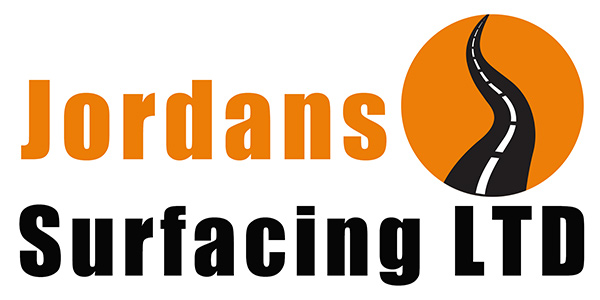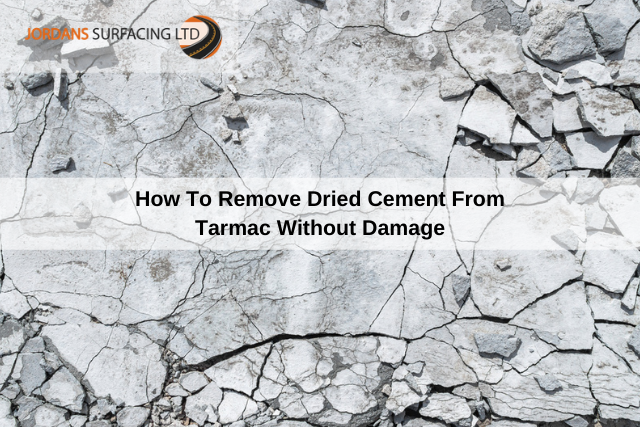Are you having trouble cleaning dried cement from your tarmac or pavement? Here is all that you need to know about it. Although you might be afraid to use an acid to clean it up, experts worldwide recommend using certain types of acid-based chemical removers to get rid of these stains.
Stepping out to the market to get the right acid to clean your tarmac is the first step to getting rid of all your cement trouble.
Determine the Type of Cement That Was Used
First, you will need to determine what type of cement was used. This is important because there are various types of acid-based chemical removers that can be used for different kinds of cement. For instance, if it’s a limestone-based or portland cement then the best thing to use would be sulfuric acid with high concentrations as this would remove the stain completely.
What Type of Acid Should You Use?
The type of acid that you use depends on the intensity of the stain and surfacing type. Most experts recommend the use of Phosphoric Acid; the reason for this is because it’s proven to be environmental-friendly.
However, the phosphoric acid only works if the cement stains are very mild and if the cement, during mixing, was not modified with polymers.
If you need to pull out the big gun, then Muriatic acid should be your go-to choice. Always use the muriatic acid in solution, with the standard dilution being one part of muriatic acid to 10 parts of water, 1:10.
This is the reason why it’s important to test any acid before you use them. This way, you can determine which solution works best for your specific project and be prepared for what might happen during removal.
Manual Removal
If you require the removal of cement on smaller areas, then it’s possible to do this by hand. Use a hammer and a chisel to break it into smaller pieces.
When you’re breaking up the cement by hand, be sure that any of your tools are not made from metal since this will cause sparks which can make things more dangerous for yourself and others around you.
Once all of the cement has been broken up, fill a bucket with hot water to soften the patches and scrub with a wire brush or scrubbing pad.
If you’re removing dried cement from your driveway, then use a stiff brush to clean it up and keep the water coming in order to avoid leaving any residual patches of cement behind that might be even more difficult than usual to remove next time around. This is not recommended for car park surfaces or roadways as this could potentially damage the asphalt due to the high amounts of traffic these areas are subjected to.
Safety First
Remember that you must wear protective clothing such as gloves and safety goggles when working with any chemicals such as those found in cement or mortar.
If you are taking the acid approach to remove cement from tarmac, it is important to be aware of the dangers involved with doing so. The acid should only come in contact with the dried cement and not make its way onto other parts such as grass or plants that could potentially burn if they become exposed to acids such as hydrochloric, nitric, phosphoric or sulphuric acids used for this purpose.
You also need to mix the acid with water in a plastic container as mixing the acid with metal or ceramic materials could cause a chemical reaction that produces toxic fumes.
Contact the Professionals
For many people, it can be hard to imagine the damage that cement products can cause. Cement is a basic building block of most structures and surfaces in our world, but when it dries out or cracks, these problems are often left untreated for too long.
This leads to more costly repairs down the line because dried cement cannot be removed without damaging what is underneath. Jordans Surfacing specialises in repairing tarmac with professional equipment. If you’re experiencing any issues with your concrete or tarmac surface in need of repair contact us today!

